Art collecting can often seem like a mysterious world reserved for the elite. Many of us wonder how collectors manage to pick out pieces that later become immensely valuable. While luck plays a role, seasoned collectors rely on a few key strategies and insights when selecting pieces that could be future masterpieces. If you’ve ever marveled at how some art collectors seem to have the Midas touch, here are 12 ways they predict which works will turn into gold.
1. Following Emerging Artists
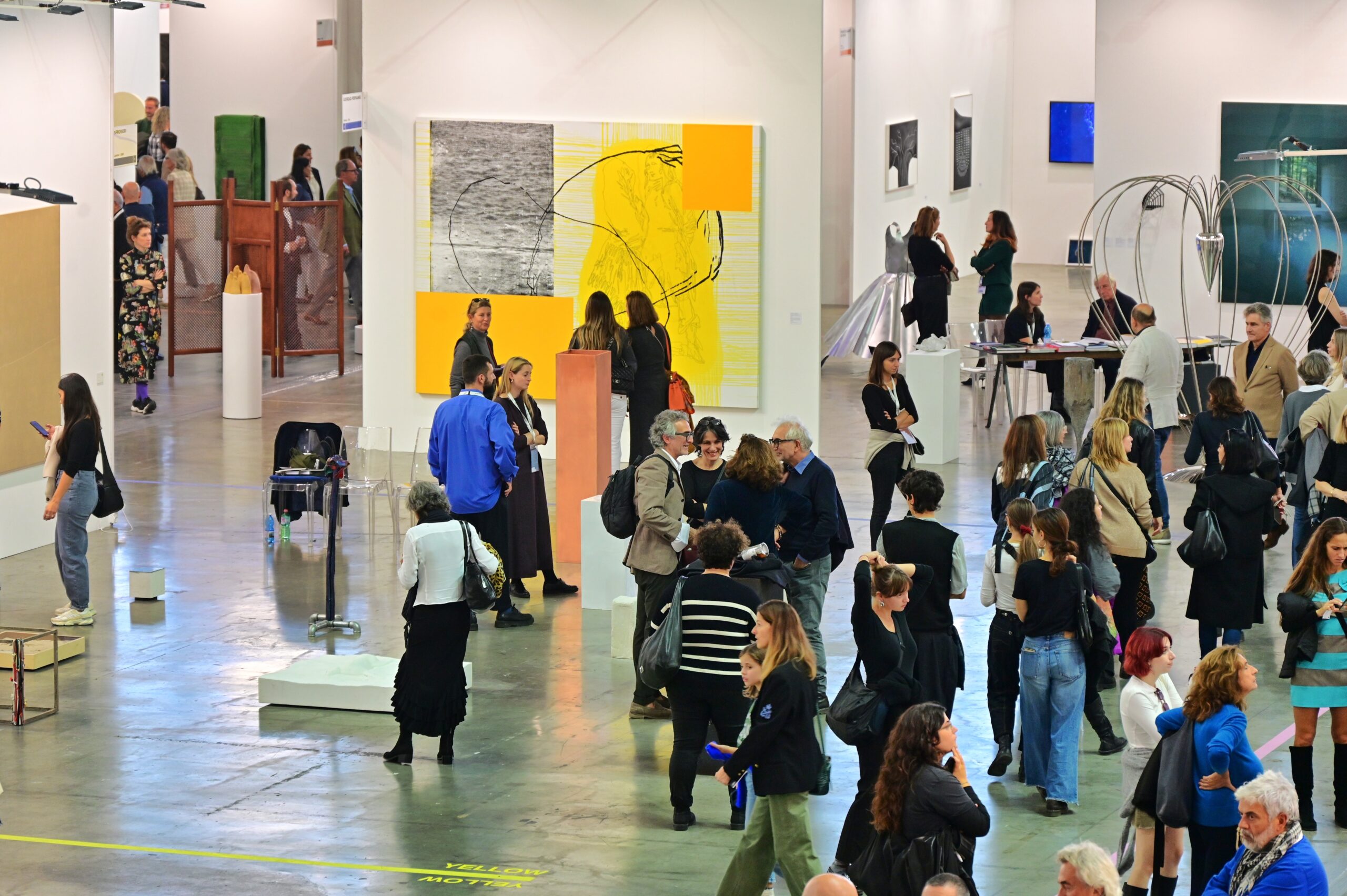
One of the most exciting aspects of art collecting is discovering new talent. Collectors often keep their ears to the ground, attending art schools’ grad shows and visiting small galleries to find the next big thing. According to Artsy, knowing an artist’s background, training, and influences can give clues to their potential for greatness. But it’s not just about credentials; collectors also look for originality and a unique voice in the artist’s work.
Collectors often develop relationships with these artists, supporting them early in their careers. This connection can be advantageous, as it sometimes secures artworks before they hit mainstream success. It’s a bit like investing in a tech startup—there’s inherent risk, but the payoff can be spectacular. And, of course, there’s the satisfaction of nurturing an artist’s journey from obscurity to acclaim.
2. Understanding Art Market Trends

Keeping a pulse on market trends is crucial for art collectors hoping to make sound investments. This involves recognizing broader trends within the art world and gaining insight into what styles and mediums are currently in vogue. According to Artsy, market reports and art fair insights are invaluable resources for seeing which artists and styles are gaining traction.
Collectors often attend art fairs and exhibitions not only to purchase art but also to gather information on what’s trending. Being aware of socio-political changes, global events, and cultural shifts can also influence what becomes desirable. A collector’s ability to anticipate shifts in taste can mean the difference between a smart investment and a missed opportunity. It’s all about having your finger on the pulse and staying ahead of the curve.
3. Studying Art History
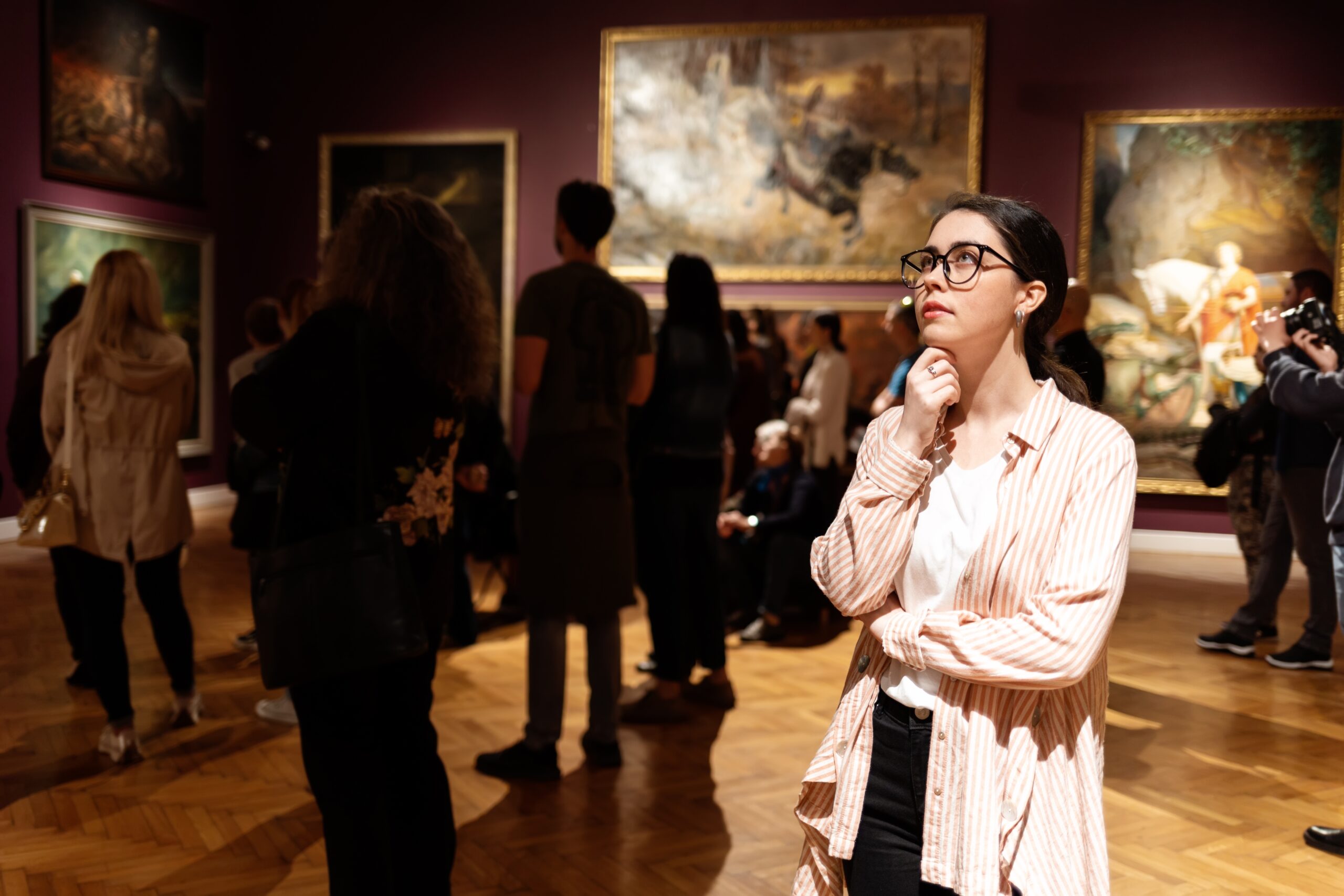
Art collectors often immerse themselves in art history to better understand context, style evolution, and artist influences. They know that understanding where an artist fits within the historical continuum can offer clues about their potential for lasting significance. As noted by Forbes, drawing parallels between contemporary artists and historical movements can guide investment decisions.
By studying past masters and pivotal movements, collectors gain insights into the elements that have stood the test of time. This knowledge can also help them spot pieces that might echo or oppose historical trends in interesting ways. Moreover, this deep dive into art history can inform collectors about cyclical trends, helping them anticipate when certain styles might make a resurgence. Understanding where art has been often reveals where it’s headed.
4. Trusting Their Instincts

Despite the wealth of data and analysis available, sometimes collectors just have to go with their gut. Art is, after all, deeply personal and subjective. Many seasoned collectors have honed their instincts over years of experience, learning to trust their initial reactions to a piece. They recognize that while market factors are important, personal connection to a piece cannot be discounted.
Collectors might ask themselves how a piece makes them feel or if it challenges their perspectives. Often, the most valuable pieces are ones that evoke a strong emotional response or provoke thought. This intuitive approach can sometimes lead to the discovery of a piece that others might overlook. While it’s not a surefire method, trusting one’s instincts can add a personal and unique touch to a collection.
5. Networking with Art Professionals
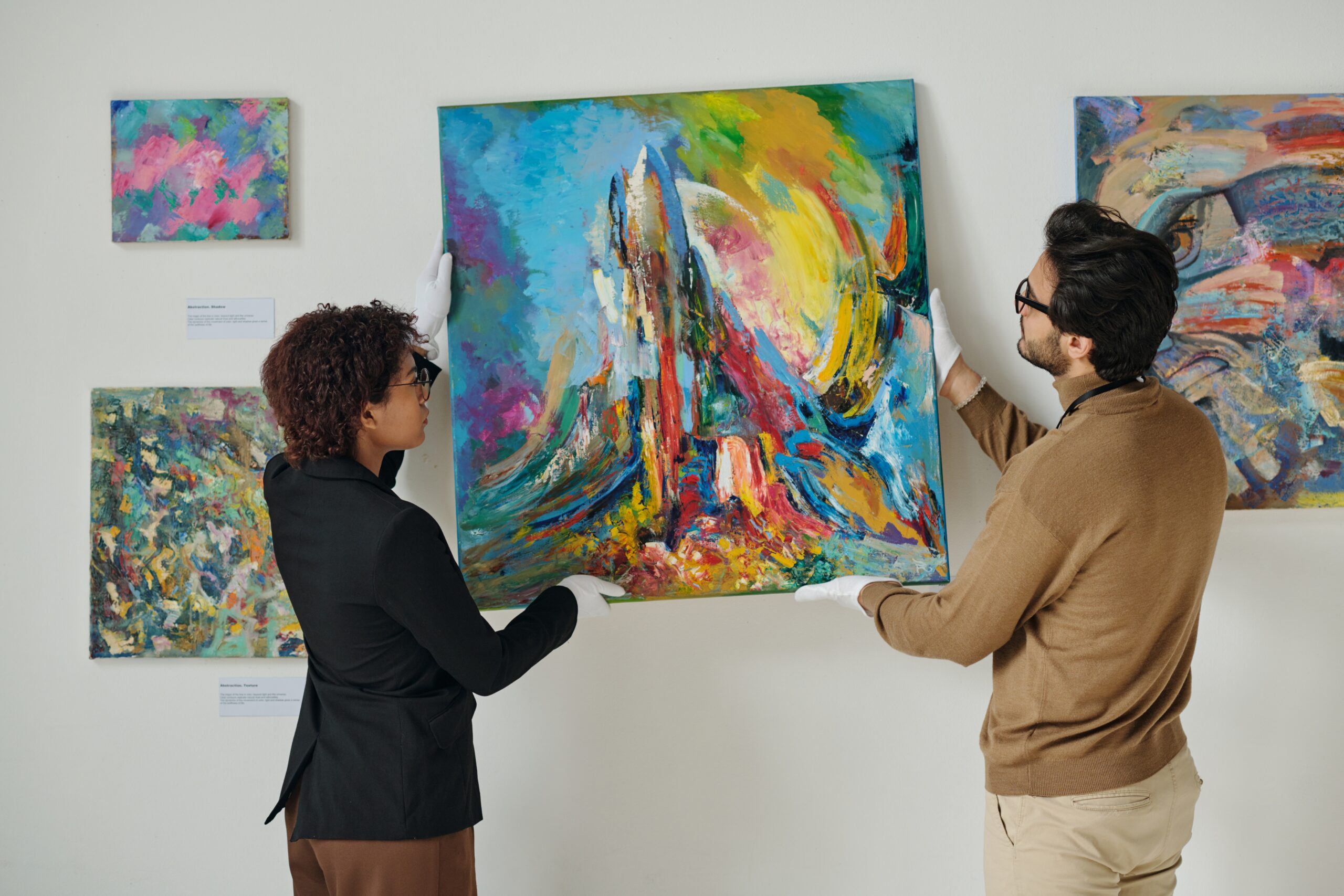
Building a network of trusted advisors in the art world can provide collectors with valuable insights and opportunities. Art dealers, curators, and other collectors often share experiences and knowledge that can be crucial in making informed decisions. Through these relationships, collectors can gain access to insider information and off-market opportunities that aren’t available to the public.
Networking also helps collectors stay informed about new artists, exhibitions, and market trends. It’s like having a tap into the lifeline of the art world, where whispers of up-and-coming talent or shifts in the market are often first heard. Additionally, these relationships can add credibility to a collector’s interest in a particular artist or piece. By fostering these connections, collectors are better positioned to make strategic and informed choices.
6. Attending Art Fairs and Biennales
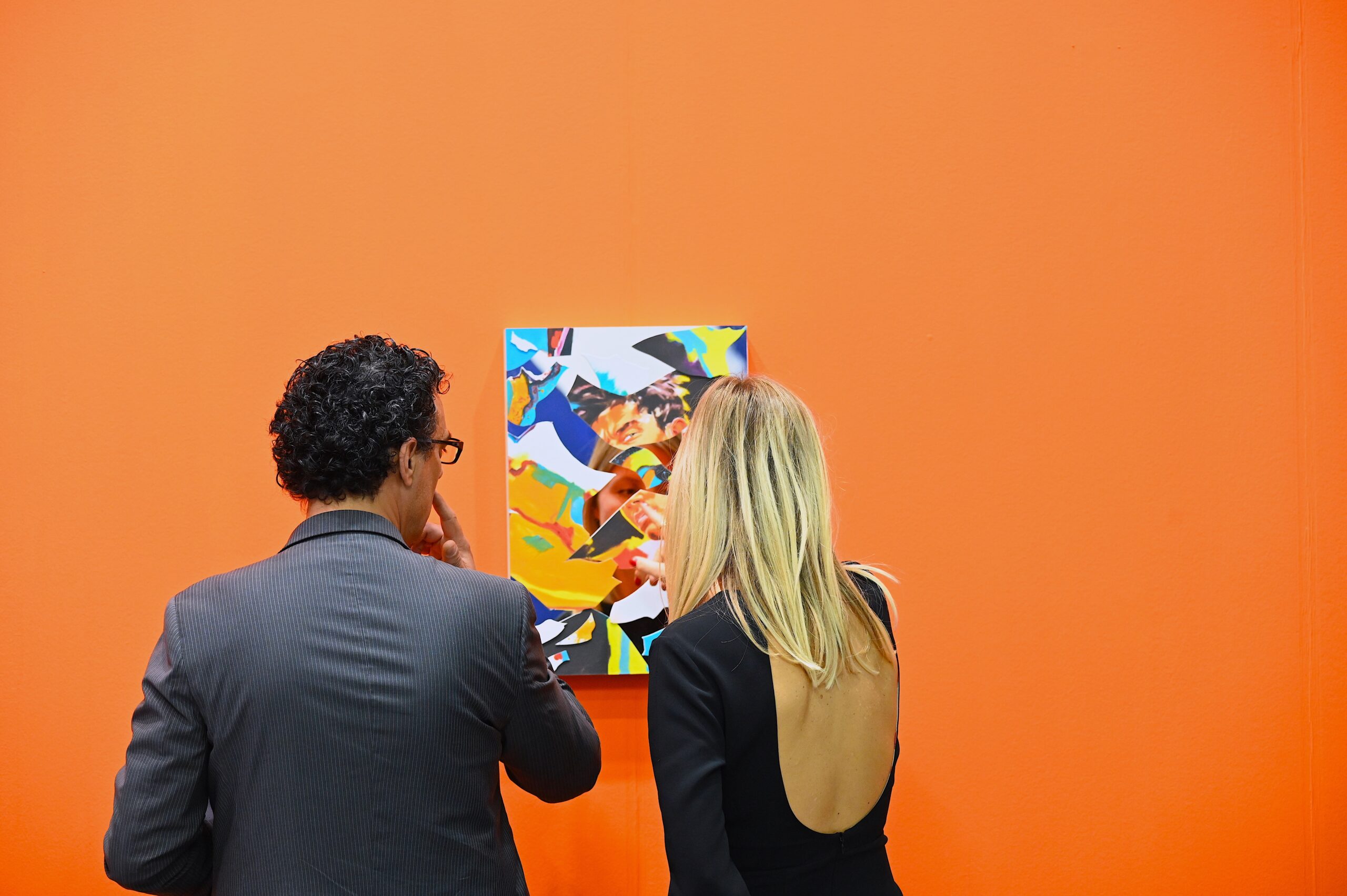
Art fairs and biennales are hotspots for discovering fresh talent and staying on top of current trends. Collectors often attend these events to see a wide variety of works in one place, allowing them to compare and contrast different artists and styles. These events offer an opportunity to see emerging artists showcased alongside established names, providing a comprehensive snapshot of the contemporary art scene.
At these events, collectors can engage directly with artists and gallery representatives, gaining firsthand insights into the creative process and the narratives behind the works. This direct engagement can deepen their appreciation and understanding of the art, influencing purchasing decisions. Moreover, art fairs and biennales often spotlight regional trends, giving collectors a sense of what’s happening in different parts of the world. For collectors, attending these events is as much about education and networking as it is about acquisition.
7. Evaluating Craftsmanship and Technique

Collectors often scrutinize the craftsmanship and technique of a piece as indicators of an artist’s skill and potential longevity. High-quality craftsmanship often suggests an artist’s dedication to their craft and their potential for future growth. A piece that demonstrates mastery over medium and technique is likely to stand out in a crowded field.
The technical skills evident in an artwork can also hint at the artist’s ability to evolve and innovate over time. Collectors might consider whether the work shows signs of experimentation or if it pushes the boundaries of conventional techniques. This evaluation helps collectors distinguish between fleeting trends and lasting artistry. In the end, a well-crafted piece is more likely to retain its value and appeal over the years.
8. Considering the Artist’s Reputation

An artist’s reputation within the art world can significantly influence the potential value of their work. Collectors pay close attention to an artist’s exhibition history, awards, and critical reviews to gauge their standing in the art community. Artists who have been recognized with prestigious awards or have been featured in renowned galleries often carry more weight in the market.
However, collectors also look beyond accolades to assess the artist’s influence and contribution to the art world. They may consider how the artist interacts with peers or if their work has inspired other artists. An artist with a strong reputation is likely to have a more stable market presence, making their works a safer investment. Ultimately, an artist’s reputation can provide a sense of assurance about the future appreciation of their work.
9. Sourcing Provenance and Authenticity
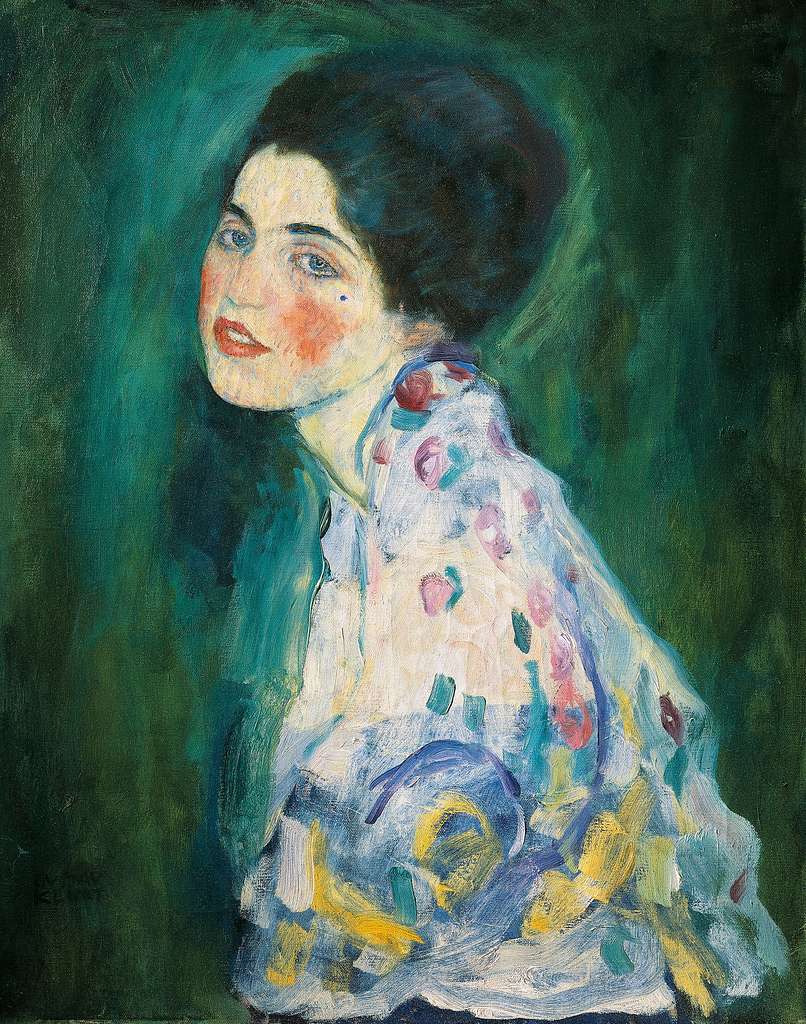
The provenance of a piece, or its history of ownership, is crucial in verifying its authenticity and value. Collectors often demand thorough documentation to ensure a piece is genuine and traceable to its source. This documentation can include certificates of authenticity, previous sales records, and exhibition histories.
Ensuring provenance not only protects the investment but also adds to the story and significance of a piece. Collectors often work with experts to verify a piece’s authenticity, especially when dealing with high-value art. This meticulous research can prevent costly mistakes and future legal issues. The greater the provenance, the greater the assurance that the piece will hold or increase its value over time.
10. Observing the Artist’s Market Trajectory

Studying an artist’s past market performance can provide insights into their future potential. Collectors examine how an artist’s work has performed in previous sales, looking for patterns of growth or decline. They might consider if the artist’s work has appreciated over time or if there have been notable fluctuations.
Understanding an artist’s market trajectory helps collectors identify artists who consistently deliver value and those whose popularity might be waning. This analysis can guide investment decisions, helping collectors determine if it’s the right time to buy or sell. While past performance is no guarantee of future success, it can offer valuable clues about an artist’s potential. By observing these trends, collectors can make more informed and strategic purchases.
11. Paying Attention to Cultural Significance
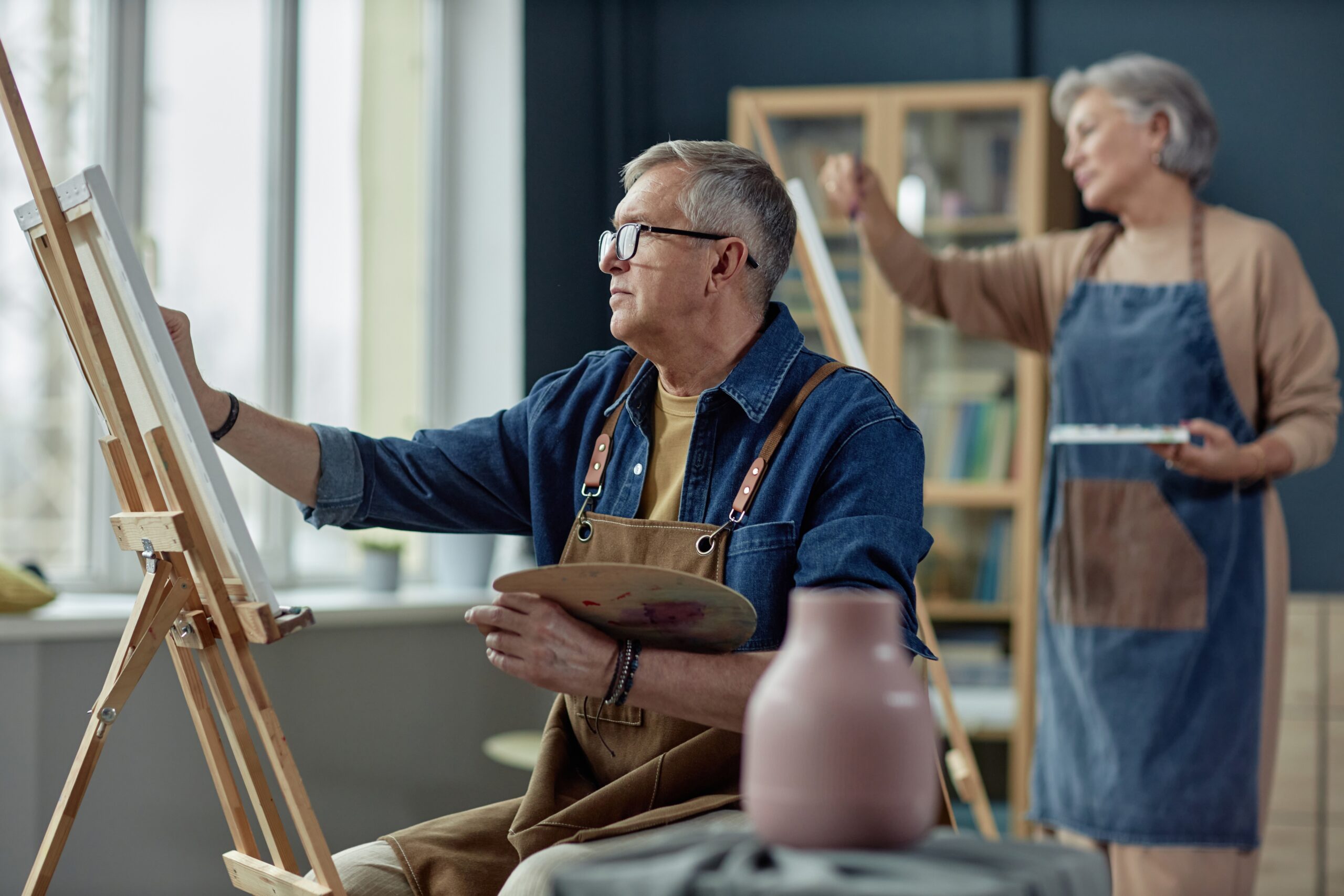
Art that captures the essence of a particular culture or moment in history often holds significant value. Collectors recognize the power of art to reflect societal changes, cultural movements, and historical events. Art with cultural significance often resonates with a broader audience, enhancing its appeal and potential value.
Collectors look for pieces that tell a story or comment on contemporary issues, as these works often gain importance over time. The cultural context can add layers of meaning to a piece, making it more than just an aesthetic object. By investing in art with cultural relevance, collectors are not only acquiring a piece of art but also a piece of history. This connection to a broader narrative can enhance the work’s long-term value and significance.
12. Timing the Purchase Right
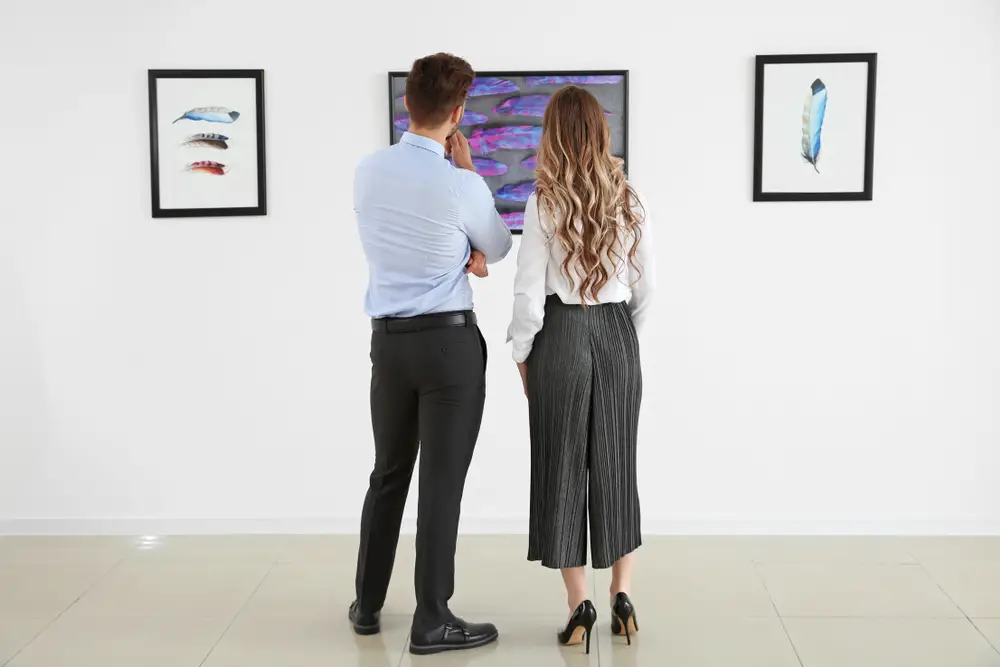
Timing can be everything when it comes to art investment. Savvy collectors know that buying at the right moment can maximize future returns. They may track an artist’s career, waiting for the perfect moment when the artist’s potential is recognized, but prices haven’t yet soared.
Collectors often look for opportunities when an artist is gaining traction but hasn’t yet become mainstream. This requires patience and a willingness to act quickly when the timing is right. They also consider external economic factors that might influence the art market, such as economic downturns or booms. By timing their purchases strategically, collectors increase the likelihood of acquiring high-value art at more affordable prices.
This article is for informational purposes only and should not be construed as financial advice. Consult a financial professional before making investment or other financial decisions. The author and publisher make no warranties of any kind.








